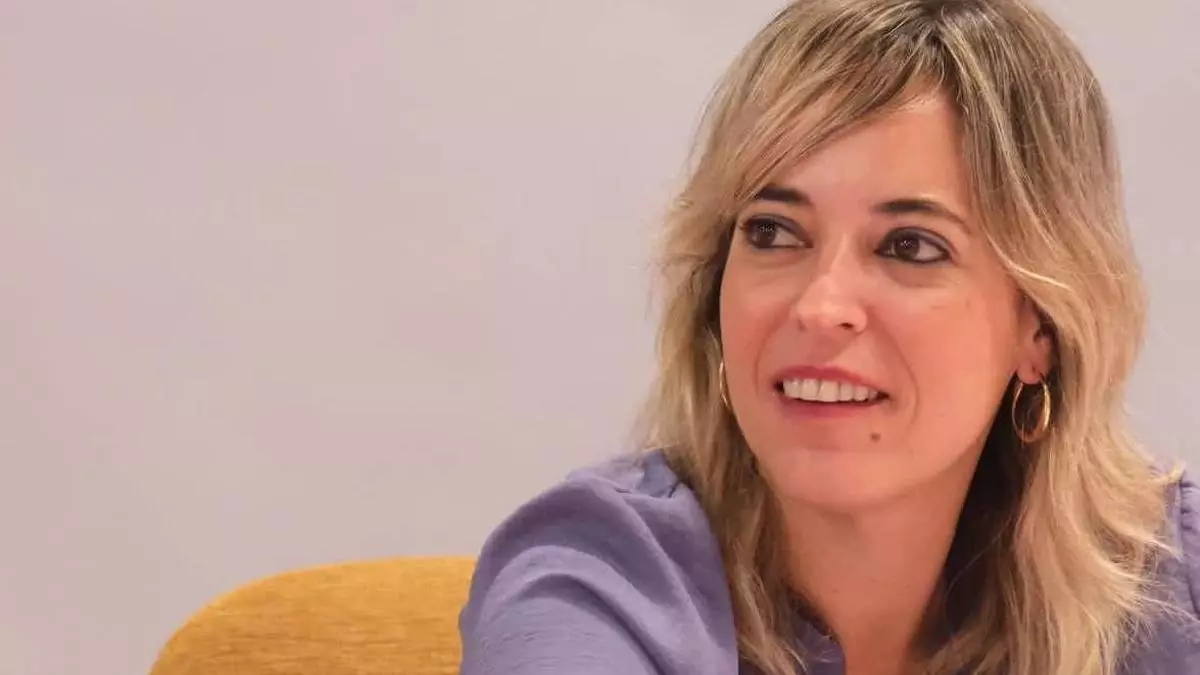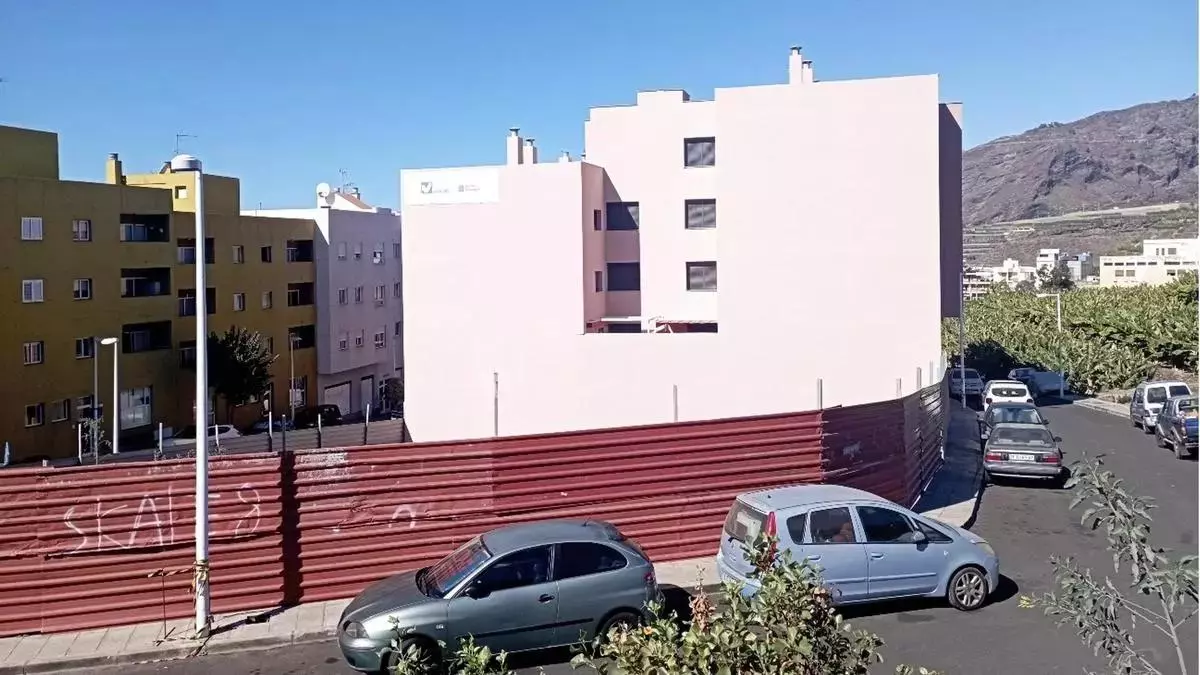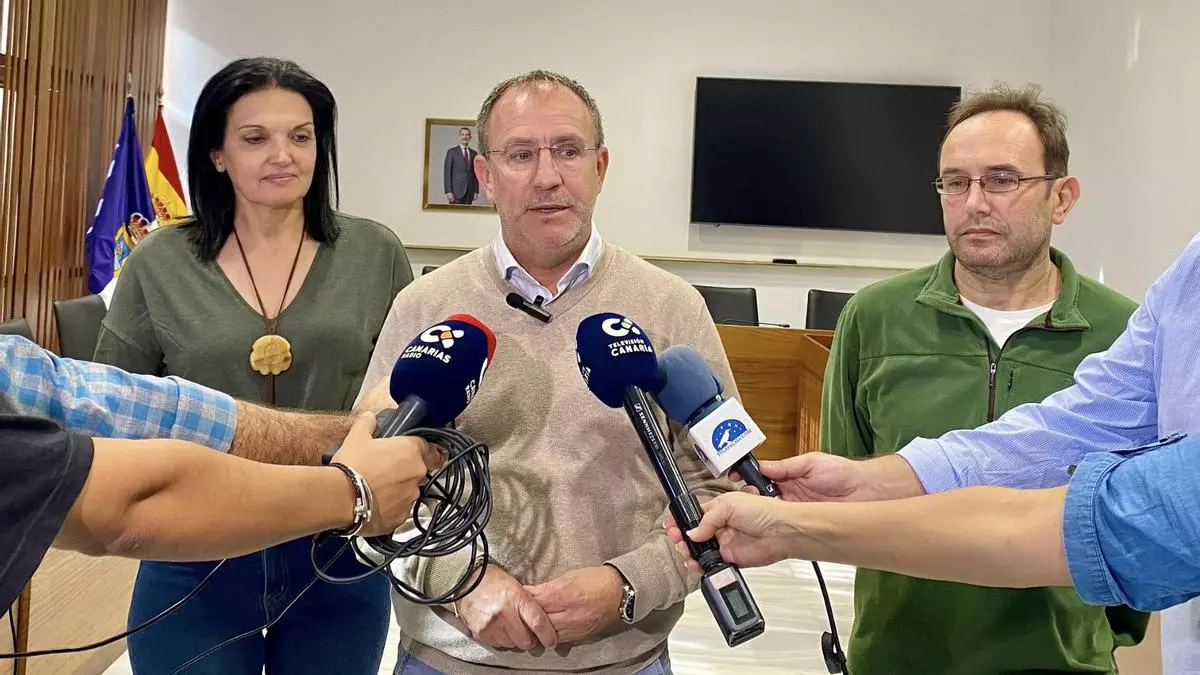05 Feb La Palma Reconstruction – January 2024

La Palma’s Reconstruction: January 2024 Update
Here, we collect and summarise news from across La Palma regarding science in La Palma reconstruction efforts, aid provided to residents and industries, and other relevant news. Sources: La Palma Ahora, Cabildo de La Palma, El Time, ABC España, and El Valle de Aridane.
Aid
- EU aid for farmers – The European Commission has accepted the maintenance of POSEI aid to farmers affected by the eruption of La Palma, that was proposed by the Government of the Canary Islands. The support, which was for losses of income from harvests due to the volcano, will be extended until December 2025.
- €635,000 for homes – The Santa Cruz de La Palma has opened applications for aid for the rehabilitation of privately owned homes, with €635,000 available in total.
- New aid for farmers – The Government of the Canary Islands is evaluating farmers’ losses during the 2022/2023 growing season due to the volcano, to expedite aid to them as quickly as possible, and to avoid the issue of overpayment that happened previously. They are still waiting for the €10 million from the Government of Spain, so are using their own funds until this is received.
- Lack of aid for students – The PSOE party has highlighted the lack of aid for students affected by the volcano. Initially, the Cabildo de La Palma allocated €300,000 for this purpose, but this has since been reduced to €200,000, with the deadline for application being the 1st of February, and will be paid for by June 2024. The maximum amount is €10,000 per home.
Reconstruction
- Urban Planning Decree Validated – The new Urban Planning Decree approved in December has been validated in the Canary Islands parliament via a vote, which was abstained by the PSOE and NC parties. The new decree gives the potential for the recovery of 534 hectares out of the 1200+ hectares of land covered by the lava flows in the eruption, and about half of that 534 hectares can currently be worked on in with just a license to build on rustic land.
-
37 homes for those affected – A project for 37 homes in the municipality of Tazacorte for those affected by the volcano has been awarded through Icavi, on a plot that was donated by Tazacorte City Council to Icavi in 2023.
- Potential for 100 new homes in Los Llanos – Icavi estimates that more than 100 homes could be built on three plots of land donated to it by the City Council of Los Llanos, and that this could rise to 200 houses with the donation of a fourth plot that is currently in the process of being donated to Icavi.
- Volcano Law – The Volcano Law, proposed by citizen groups through the popular law initiative, is expected to be submitted to the Canarian Parliament in February.
- New housing on rural land – The director of the Canary Islands Housing Institute (Icavi) has stated the main problem in solving the housing emergency is in acquisition of appropriate land. Because of this, the Canarian Government are intending to extend to all islands the possibility that homes can be built on rural land under certain conditions, which was not previously allowed. A housing decree that is expected to contain some of these changes is currently being prepared for La Palma as part of the reconstruction.
- La Palma 700 Plan update – As part of the La Palma 700 plan to build at least 700 new homes on the island, the Government of the Canary Islands has committed to building 100 officially protected homes in the town and port of Tazacorte, according to the President of the PP of La Palma, Mariano Zapata.
- Agricultural Decree update – The Government of the Canary Islands is understood to be finalising the agricultural decree which will govern the reconstruction of farms affected by the volcanic eruption, corresponding to around 300 hectares and 300 families in the Aridane valley, 260 hectares of this being bananas. It is currently in draft form, but should govern how farms can be returned, and what compensation is available for those who may not want to attempt to recover their farms.
- Sustainable future report – A report titled “La Palma Possible. Creating a sustainable future for the island” has been presented on the island, synthesizing work by the Global Sustainability Fellows Program at the New York Sustainability Lab, in collaboration with the University of La Laguna and the University of Las Palmas de Gran Canaria. It considers how the island can recover sustainably following the 2021 volcanic eruption.
Science
- Reopening of La Bombilla and Puerto Naos:
- Access to 40 more homes in the green and orange zones of Puerto Naos have been granted given continuous CO2 concentrations of below 700ppm, highlighted by the Cabildo de La Palma. Now, there are 221 homes in Puerto Naos and three in La Bombilla that can be inhabited as long as established precautionary protocols are followed.
- Access to Puerto Naos beach has been approved, and access will be needed through a QR code, which will be valid for six months, providing conditions about CO2 emissions do not change. Initially, access will only be allowed to the southern half of the beach, and between 11 am-6 pm.
- The first two homes in La Bombilla to be allowed to be reoccupied have been granted, in the upper area of the small fishing village that has also been evacuated due to CO2 emissions since September 2021 alongside Puerto Naos.
- Unfavourable CO2 emissions remain in some parts of Puerto Naos that have yet to reopen, such as near the pharmacy and other essential services.
- 100 new homes in the coming weeks may be reopened in Puerto Naos, provided environmental conditions do not change, according to the President of the Cabildo de La Palma Sergio Rodríguez.
- The number of people who have returned to their homes in Puerto Naos is being studied by the Cabildo de La Palma, as the number who have returned to the green zone is not known as access no longer requires authorisation.
-
Exclusion zone – The exclusion zone around the lava flows has now been modified by the Peinpal committee overseeing the post-eruptive phase, responding to the latest reconstruction decrees that allow the recovery of all lands covered by less than 10 metres of lava flows.
- National Volcanological Centre – Architecture students have presented their proposals for a possible National Volcanological Centre in La Palma in an exhibition in Los Llanos. The location of the new Centre will be in the Canary Islands, although which island has not yet been decided.
- €53 million for geothermal – The Institute for Energy Diversification and Saving has granted €53 million for feasibility studies on geothermal energy in La Palma for 6 initiatives. The projects went to a variety of public and private companies, and the studies are expected to be completed by early 2026.
- Houses saved by ash removal – A study by the University of Geneva and Involcan has looked at the impacts of the removal of ash from roofs during the eruption, which was carried out by volunteers and the military unit UME. In their study, only 10 roof collapses were identified, and it was estimated that without ash removal, 11% of the 764 buildings assessed would have been liable to roof collapse.
- Rise of magma before the eruption – An Involcan study led by pre-doctoral researcher Monika Przeor, aims to reconstruct the rise of magma in the week before the eruption, using GNSS stations, seismicity, and satellite interferometry data. The results show the geometry of the feeding dyke is complex, and that it rose along 2 main branches, controlled in part by a layer of more ductile rocks, which temporarily slowed magma ascent for a period of a few days.
Other Updates
- Disabled people during the eruption – A spokesperson for the Association of the Physically Disabled of La Palma (ADFILPA), Miguel Ángel Rodríguez Rocha, has detailed how the disabled have been discriminated against in the response to the 2021 eruption. Many of the spaces set up for the evacuated population were not accessible for those with reduced mobilities, and neither were many of the offices set up to help the victims of the eruption. Additionally, many of the hotels used to house evacuated residents had very little if any adapted spaces. More generally, the accessibility laws, which were first set into law over 30 years ago, are not well complied with in La Palma.
- Low population growth on La Palma – La Palma has the lowest population growth in the entire Canaries Archipelago, and the increase is only due to an increase in the foreign population. Since 2021, the population has only increased by 526, or 0.63%. This is thought to be in part due to mass tourism on other Canarian islands, and may also be in part due to impacts from the eruption, although the trend in population was seen before the eruption too.
- Invasive species near the volcano – The Canary Islands Early Warning Network for Invasive Exotic Species (RedEXOS) has found several invasive ‘Cat’s Tails’ plants growing in the tephra 300 metres from the main cone of the volcano. Since the start of 2023, the group has removed almost 9,000 of these plants from the area affected by the volcano.





No Comments